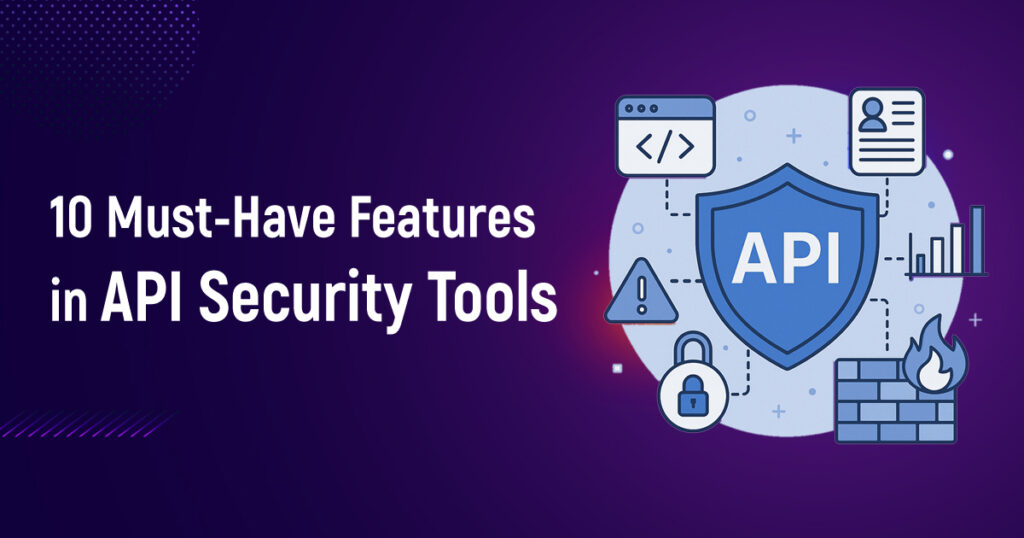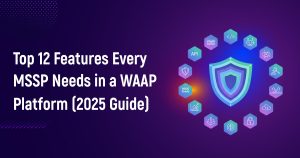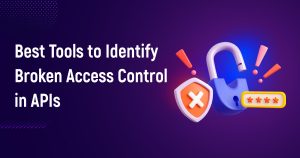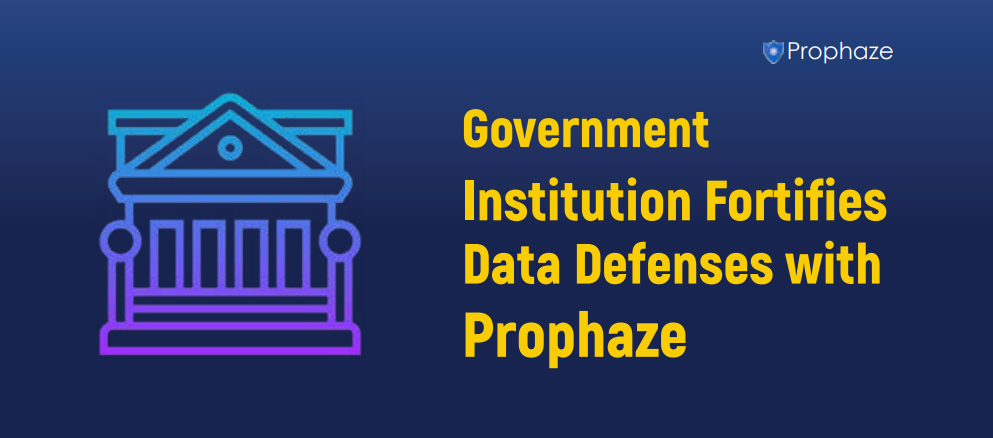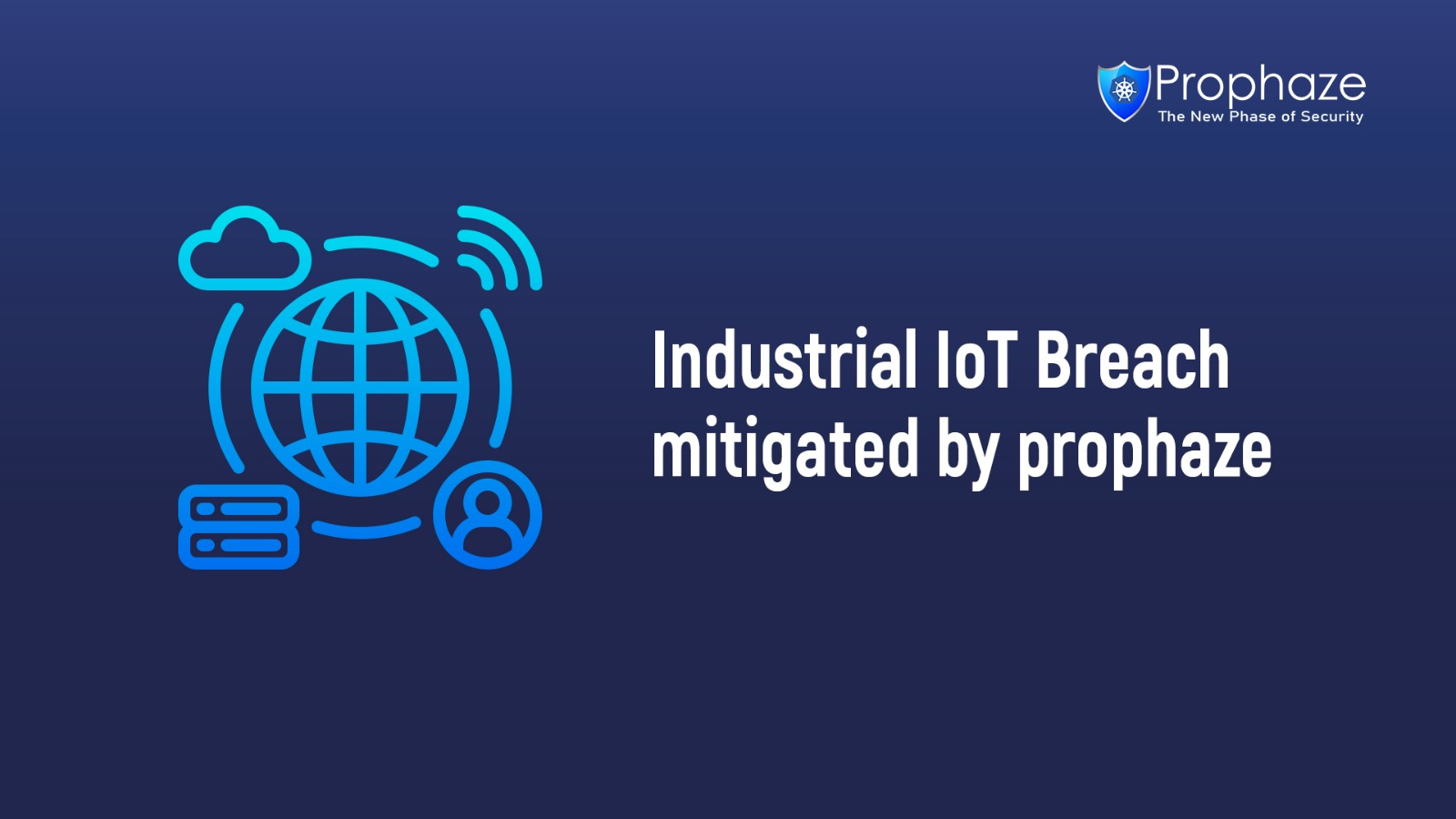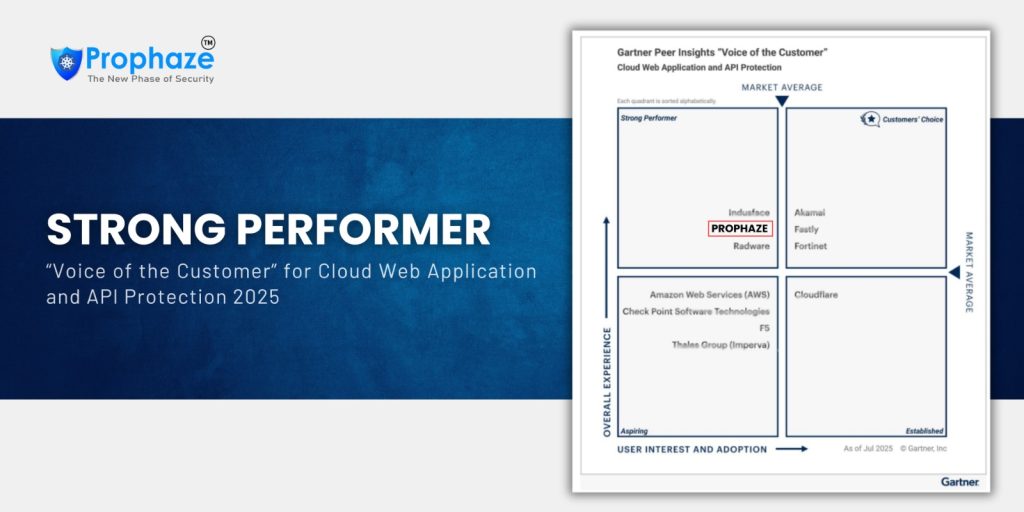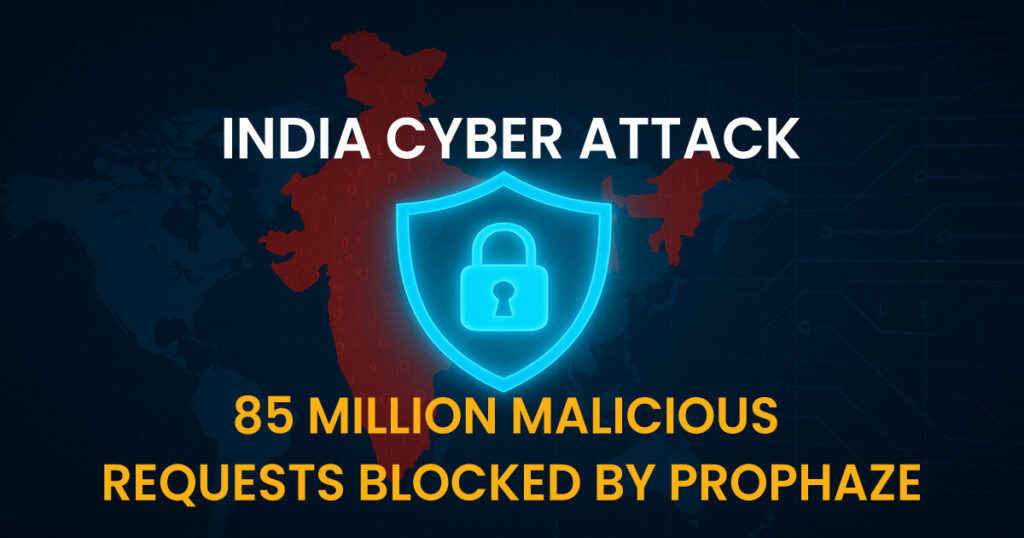APIs are everywhere—powering mobile apps, cloud platforms, and enterprise systems. Safeguarding your APIs is crucial rather than optional. API security tools aim to spot, prevent, and lessen threats directed at these vital interfaces. However, not every tool offers the same level of effectiveness.
So, what should you look for? Here are 10 non-negotiable features your API security solution must have:
Top 10 API Security Features

1. Real-Time Threat Detection
Cyberattacks are constantly evolving, making it essential for your API security tool to remain proactive. Real-time threat detection leverages machine learning to observe traffic for anomalies like SQL injections, data scraping, or brute-force attacks. By promptly identifying unusual patterns, this feature empowers you to counter threats as they arise, before any damage occurs.
2. Authentication and Authorization
An effective API begins with safety identification verification. The authentication ensures that only valid users or systems reach your API, while the authority controls what they can do. Support is important for safe methods like OAuth, JWT, and API Key. Together, these mechanisms apply access control that prevents data leaks and unauthorized activity.
3. Rate Limiting and Throttling
To guard against denial-of-service (DoS) attacks and prevent misuse, API security tools must implement rate limiting and throttling. These strategies control the volume of requests a client can make in a given period and the rate at which those requests are processed. This ensures your APIs remain responsive during high demand and minimizes the risk of system overload or exploitation.
4. CI/CD Integration
Integrating security smoothly into your development workflow is essential. API security tools equipped with CI/CD integration enable automated security scans throughout each build, test, and deployment phase. This process helps identify vulnerabilities early in the lifecycle, without hindering delivery, facilitating the maintenance of secure code while remaining agile.
5. Fine-Grained Access Controls
Not all users require complete access to your API. Implementing fine-grained access controls enables you to establish specific permissions at the user, system, or endpoint levels. This method upholds the principle of least privilege, which lowers your attack surface and supports zero-trust security models aimed at reducing insider threats and unauthorized usage.
6. Logging and Monitoring
When it comes to security, visibility is crucial. Logging and monitoring capabilities enable you to track API activity, such as source IPs, request methods, response codes, and payloads. Continuously analyzing this data helps you spot suspicious behavior, troubleshoot performance problems, and quickly address security incidents.
7. Vulnerability Testing and Security Assessments
APIs present appealing targets for those seeking to exploit vulnerabilities. Vulnerability testing tools mimic actual attacks to identify weaknesses before they can be exploited by hackers, whereas thorough security assessments assess your API structure against established industry best practices. Consistent testing helps maintain your defenses in response to evolving threats.
8. API Traffic Analysis
A strong API security tool offers comprehensive insights into traffic trends, request sources, error rates, and latency measurements. By analyzing this data, you can pinpoint bottlenecks, uncover malicious activity, and enhance your API performance. Additionally, it aids compliance initiatives by tracking usage and access patterns.
9. Centralized API Gateway Management
An API gateway serves as the main entry point for all your API traffic, providing a centralized location to implement security, authentication, and traffic regulations. It streamlines security management by enforcing SSL/TLS encryption, routing requests, balancing loads, and caching data, ensuring uniform security policies across services in the process.
10. Scalability and Performance Optimization
Security tools should enhance your efficiency. The top API security solutions are built to grow alongside your application and efficiently manage substantial request volumes. Capabilities such as caching, asynchronous processing, and smart routing guarantee that your APIs stay quick, responsive, and secure, even during high-demand periods.
Choosing the Right API Security Tool
When selecting an API security solution, prioritize features like real-time monitoring, CI/CD integration, and fine-grained access control to build a resilient, scalable API security framework. Avoid opting for incomplete solutions that leave gaps in your security strategy.
For organizations seeking an AI-driven API security solution, Prophaze API Security provides advanced protection with real-time threat detection, zero-trust enforcement, and seamless integration for modern application environments, including Kubernetes.

